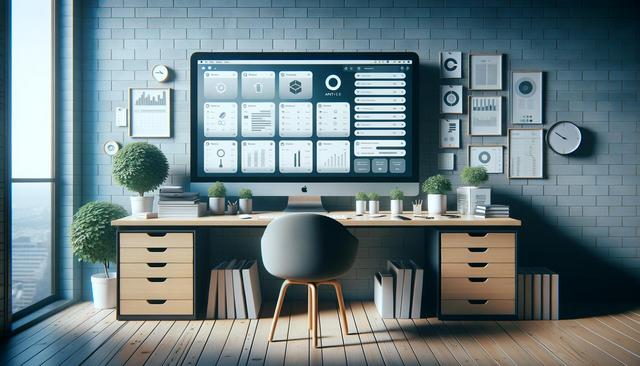
Clear the Clutter: Digital Decluttering Tips for a Healthier Tech Life
Why Digital Decluttering Matters
In an increasingly connected world, our digital environments often mirror the chaos of a cluttered room. From overflowing email inboxes to disorganized file systems, digital clutter can quietly drain mental energy and hinder productivity. Unlike physical messes, digital messes are easy to ignore—until they start causing noticeable slowdowns or distractions. Regular digital decluttering helps maintain focus, enhances device performance, and promotes a healthier relationship with technology. By setting aside time for this task, individuals can regain control over their digital lives and create a more streamlined and efficient workflow.
Digital clutter also impacts mental well-being. Constant notifications, excessive screen time, and digital noise can contribute to anxiety and burnout. Simplifying your digital space can promote a sense of calm and improve your overall digital hygiene. As with physical cleaning, the key to success lies in consistency and intentionality. Making digital decluttering a routine practice can lead to lasting benefits in both your personal and professional life.
Start with Your Inbox
Email overload is one of the most common forms of digital clutter. An unorganized inbox can lead to missed messages, delayed responses, and unnecessary stress. Start by unsubscribing from newsletters or promotional emails you no longer read. Use filters and folders to sort incoming messages automatically, making it easier to focus on what really matters.
Consider the following strategies for managing your inbox:
- Set aside designated times to check and respond to emails.
- Use labels or tags to categorize messages.
- Archive or delete old emails to free up space and reduce visual noise.
For long-term efficiency, aim to maintain a zero or low-inbox approach. This means processing emails daily, either by responding, archiving, or scheduling follow-ups. With consistent effort, your inbox can become a tool that supports your productivity rather than a source of overwhelm.
Organize Your Files and Folders
From documents and photos to downloaded files, digital storage can quickly become a maze of forgotten content. Begin by creating a simple and logical folder structure. Group similar items together and use clear, descriptive names. This not only makes items easier to find but also reduces duplication and clutter.
Steps to organize your digital files include:
- Delete duplicates or outdated versions of documents.
- Sort files into folders by category, date, or project.
- Perform regular cleanups—monthly or quarterly—to keep everything current.
Cloud storage tools can be an excellent resource for managing files across devices. However, they too can become cluttered without regular attention. Make it a habit to review and tidy up your cloud storage periodically, ensuring your data remains accessible and well-organized.
Declutter Your Devices
Smartphones, tablets, and computers can become digital junk drawers filled with unused apps, outdated downloads, and redundant photos. A periodic review of your devices helps free up storage, improve speed, and make navigation easier. Start by deleting apps you haven’t used in the past three months. Review your downloads folder and remove unnecessary files.
Here are a few tips for decluttering your devices:
- Organize app icons into folders by function (e.g., Work, Social, Tools).
- Clear cache and temporary files to boost performance.
- Back up and delete old photos or videos to save space.
Keeping your device screen tidy can also reduce distractions and make it easier to find the apps and tools you use most. Combine functionality with aesthetics by using minimalistic wallpapers and limiting notifications to only essential apps.
Manage Digital Distractions
Digital clutter is not just about files and apps—it’s also about the constant stream of interruptions. Notifications from social media, news apps, and messaging tools can fragment attention and reduce focus. Managing these distractions is a crucial part of digital decluttering.
Consider these actions to regain control over your digital time:
- Review and limit app permissions for sending notifications.
- Use focus modes or do-not-disturb settings during work hours.
- Unfollow or mute accounts that no longer add value to your feed.
Another effective technique is setting screen time limits for certain apps. Many devices offer built-in tools that allow you to monitor and restrict usage. By being intentional about your digital consumption, you can reduce stress and make room for more meaningful activities online and offline.
Conclusion: Build a Sustainable Digital Routine
Digital decluttering is not a one-time event but an ongoing process that supports clarity, efficiency, and well-being. By regularly assessing and organizing your digital environment—from your inbox and file folders to your devices and notifications—you can stay in control of your technology rather than letting it control you. These small, consistent changes lead to a more focused and less stressful digital experience, allowing you to use your time and tools more purposefully. Whether you’re working remotely, studying, or managing a household, maintaining a clean digital space can support your goals and improve your daily life.